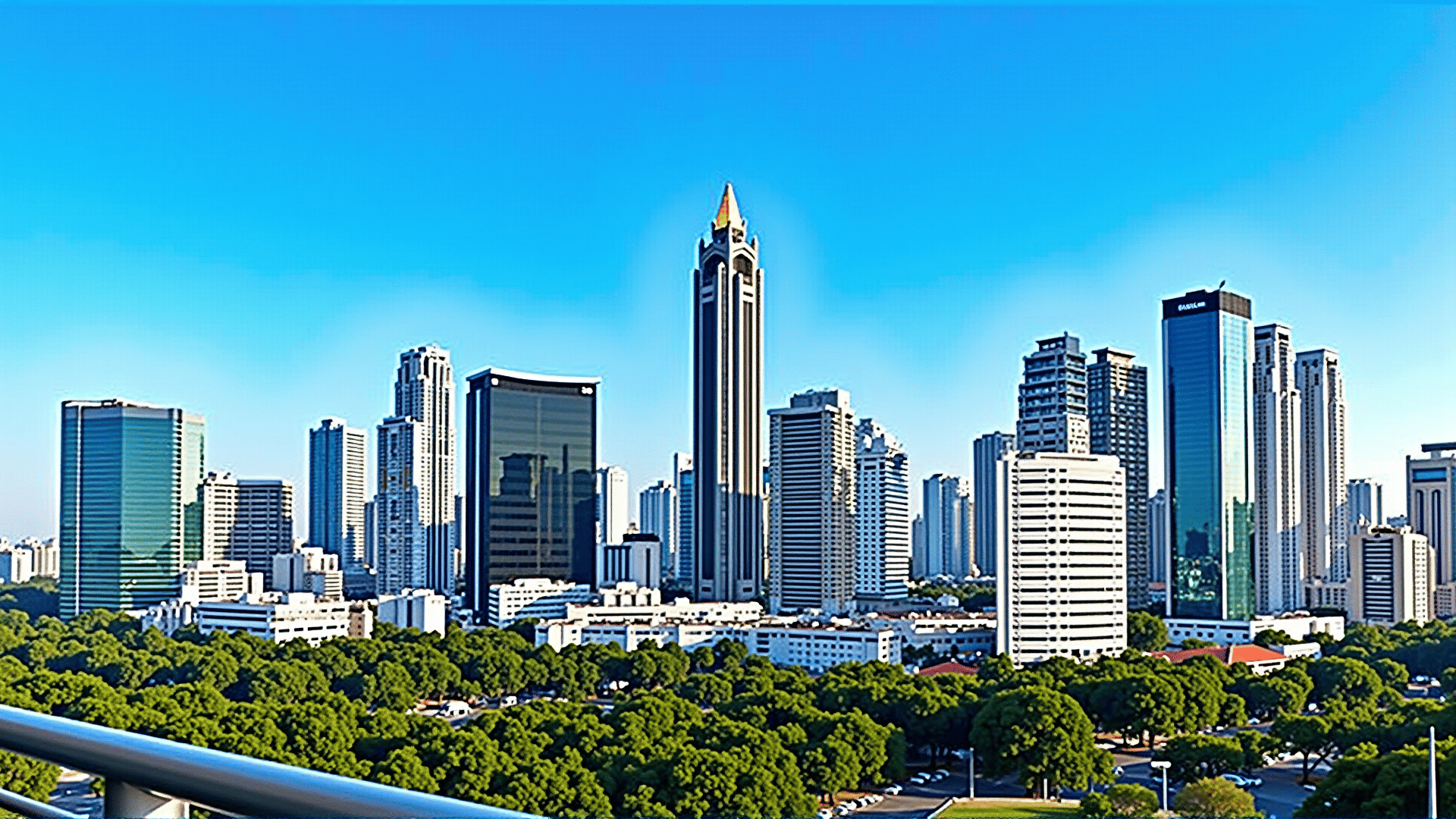Metro Manila's skyline stands as a testament to the Philippines' swift urban development and architectural creativity. This bustling metropolis, which is home to over 13 million people, showcases a unique blend of cultural heritage and modernity. The skyline is adorned with a diverse range of structures, each one telling a story of ambition, resilience, and artistic flair.
One of the most striking features of Metro Manila is its eclectic mix of skyscrapers that highlight both local and international design influences. The city's architects are continuously pushing the boundaries of design, creating buildings that not only tower over the cityscape but also intrigue those passing by. Take, for instance, the sleek lines and shimmering facades of buildings in Bonifacio Global City (BGC). This area has rapidly evolved into one of the most vibrant business districts, characterized by its clean streets and public art that seamlessly blend with futuristic constructions.
Ortigas Center adds to the city's profile with its towering edifices that balance functionality and aesthetic appeal. Structures here have been optimized for various uses while maintaining a commitment to sustainability and energy efficiency. The interplay of glass and steel, coupled with green architecture practices, makes for an urban environment that is not only visually appealing but environmentally conscious as well.
A defining characteristic of Manila’s skyline is its ability to integrate nature within urban designs. Many modern buildings feature green terraces and vertical gardens that provide much-needed greenery in the bustling urban environment. These features are not just for show; they also contribute to improved air quality and offer natural cooling, which is crucial in the tropical climate of the Philippines.
Cultural elements are another important aspect that architects in Metro Manila often incorporate into their designs. Filipino ingenuity is evident in buildings that draw inspiration from the country's rich cultural tapestry. Traditional motifs and indigenous materials are seamlessly integrated into modern structures, resulting in a unique architectural language that respects the past while looking forward to the future.
As one looks across the Metro Manila skyline, it becomes clear that innovation is a driving force behind the city’s transformation. Newer districts are continuously emerging, each contributing to the ever-evolving architectural landscape. Beyond their structural beauty, these skyscrapers symbolize the aspirations of a nation that is continually reaching for new heights.
In conclusion, the skyline of Metro Manila is more than just a collection of tall buildings; it is a vibrant canvas that showcases the Philippines' artistic vision and forward-thinking mindset. By embracing sustainable practices, integrating cultural elements, and continually innovating, Metro Manila is shaping a future that respects its past while daring to imagine a dynamic urban experience.
